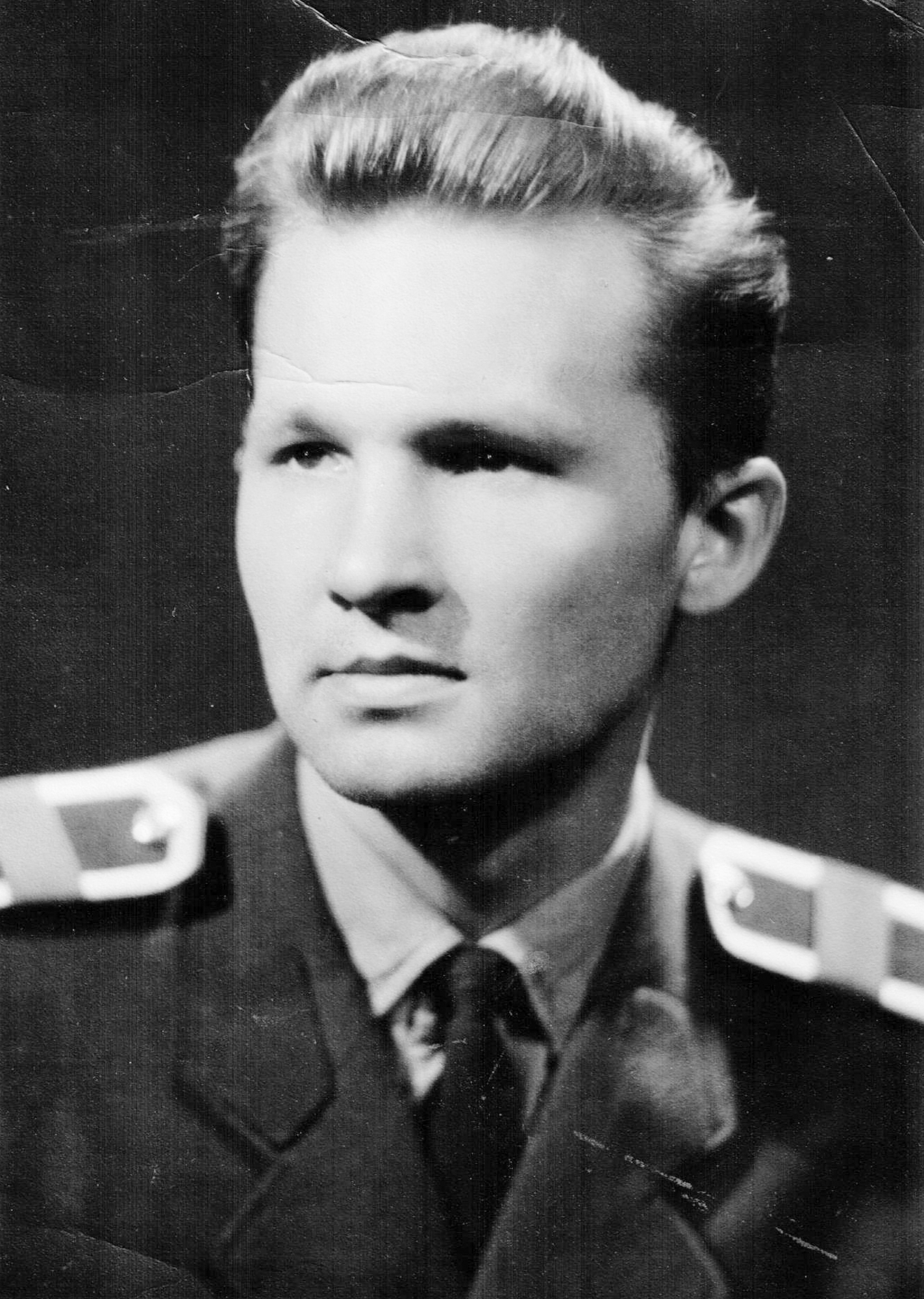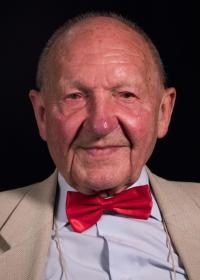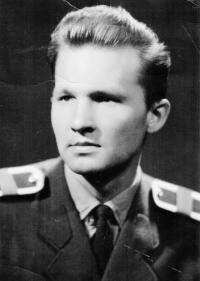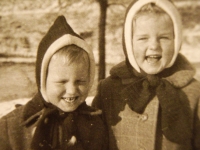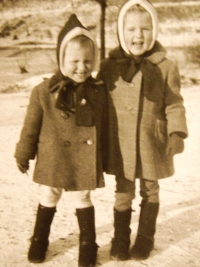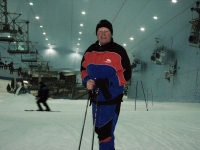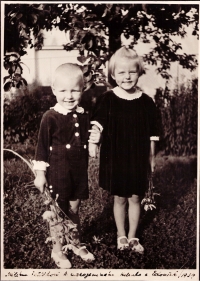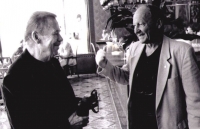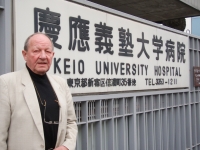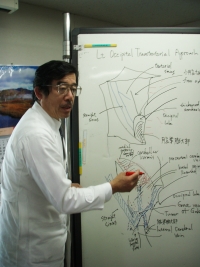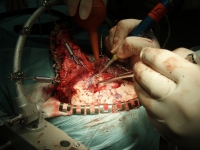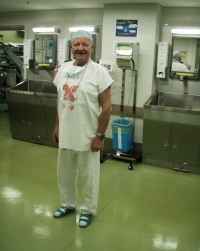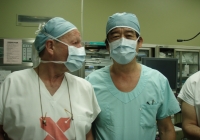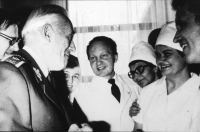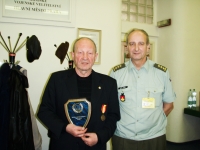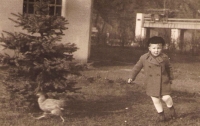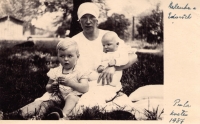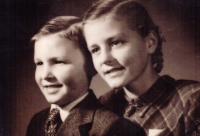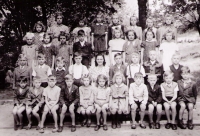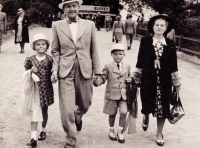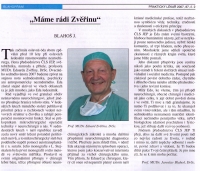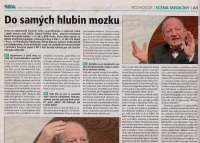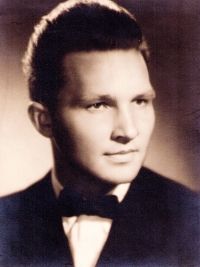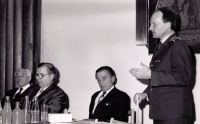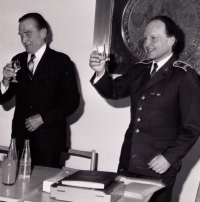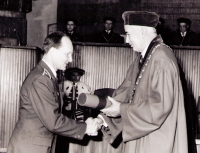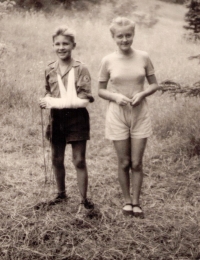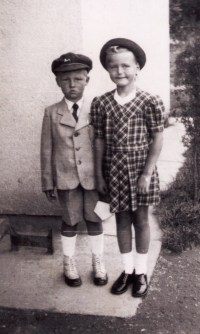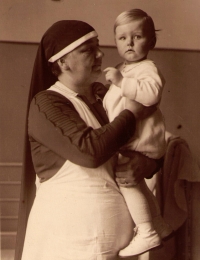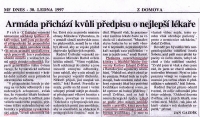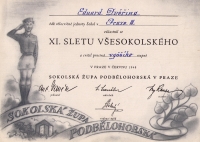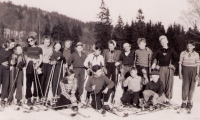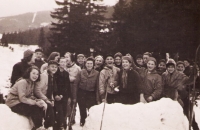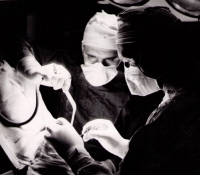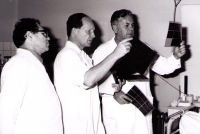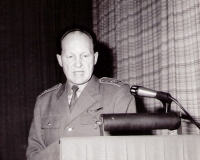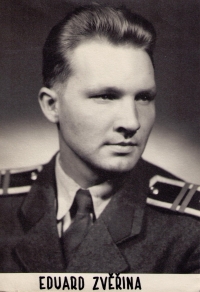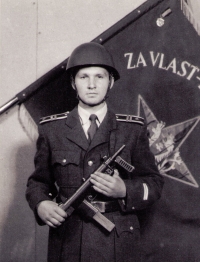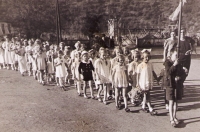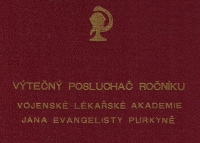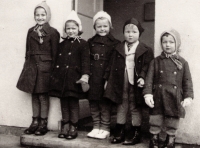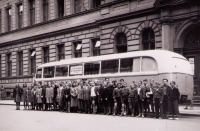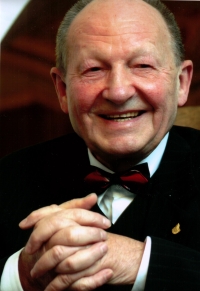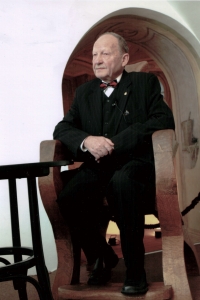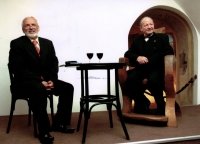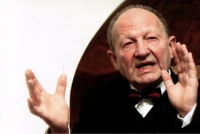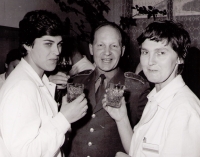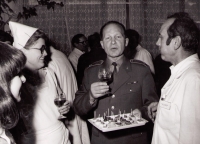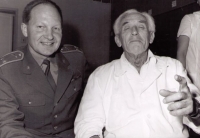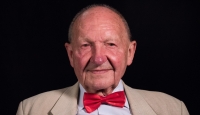"For example, in the year sixty-three, I remember it, because it was very interesting, in the Soviet World, it was published that a Soviet expert - his name is not important - specifically replaces nerves with metal pieces or metal nerves. Well, they wanted me, from the press, and so on, to use it to give it a gloriola. It was such, you can't say it differently, such biological crap that no one could actually make it up. And when I explained it to those journalists and, of course, I wanted to publish it so that people would know, so that we all would know what crap they give us here, then of course my opinion was not published anywhere, it died down. Then similar things came at a time of not only of the normalization. Imagine that epilepsy, those attacks, we were operating them in our country by so-called hypothermia. That the brain has cooled down. Well, we did it with a relatively very advanced method, but then we learned that it was the 1980s or before, the Soviets came up with a better method and that we had to go to learn it. It was a panopticon, because they brought a device to the medical school in the lecture hall, which I still remember, it was called Cholod I, and then it was Cholod II. And Cholod I was that, as in the hairdresser´s, the patient… And now they showed it to us. The patient put his head down, tilted it like he would at the hairdresser´s as they washed his head, and watered him with an ice solution. We all laughed. And Cholod II was an even better system, with a refrigerator built into it that cooled it down. Well, they showed us such things, I still remember the panoptical situation. Laser I, Laser II, laser of Soviet production. It was brought by people from the Central Military Hospital in Prague, and it was such a monster, such a pavise, that when they took it down the hall, it roared, and it was three meters high and there were metal sheets around it. And journalists were called in that there is going to be a showcase of a Soviet-made laser, with which we should operate on patients. And the result was that an amphitheater was made from the surgery room, there were benches installed for journalists, invited doctors and so on. And so the rabbit should be operated on with that laser. The rabbit was asleep, it was on a cutting board, and now the Soviet doctor was supposed to show us how to make an incision on its shaved abdomen. And interestingly, we all got glasses, and they told us, „Это очень опасно“,"It's very dangerous. You have to take your glasses so that the laser doesn't damage your eyesight. ”So, we all took our glasses, and now the pavise, the laser, the surgeon pressed a button, and it made, 'Brrr!' sound. The whole pavise shoke like a medieval knight, and nothing happened. And then all of a sudden again, and then the "Brrr!" sound. There was a huge bang, nothing left of the rabbit, and we were all splashed, not splashed, but we were all covered in (I am sorry) shit. You can't say it otherwise. Green shit from that rabbit's belly. And there was nothing left of the rabbit."
